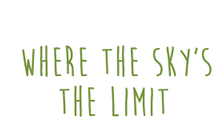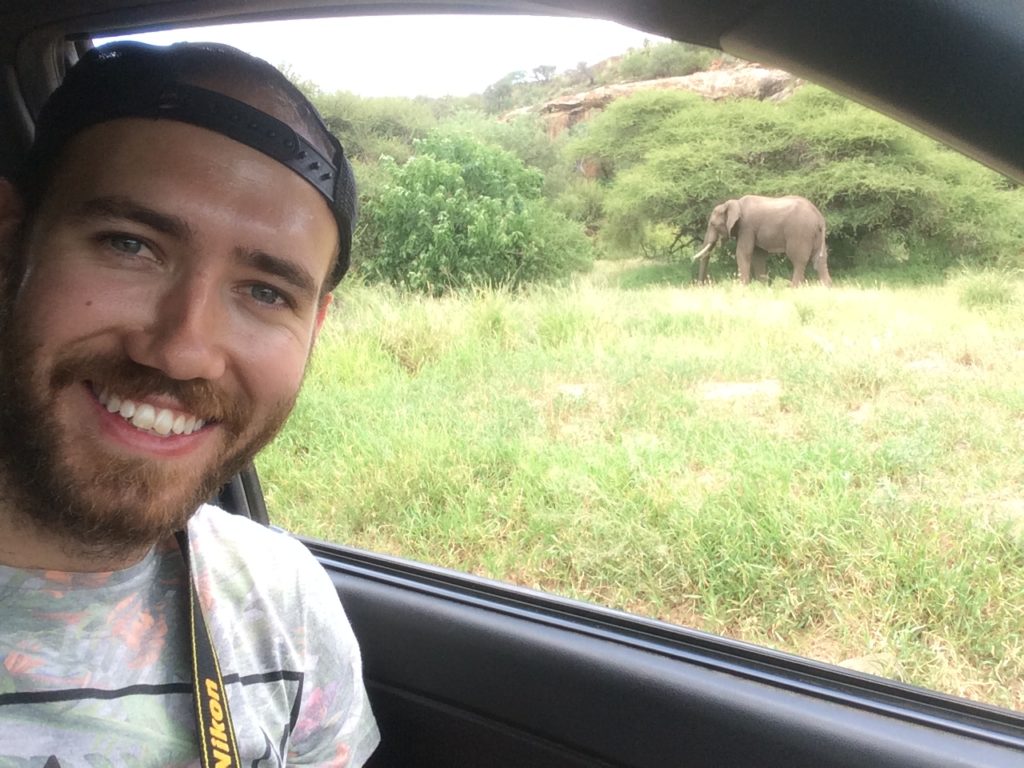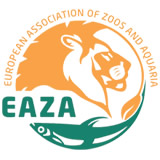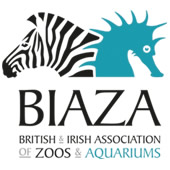Those of you who have been visiting the Trust for a long time will remember our superstar Bald Eagle – Cheyenne. After many years of soaring over the East Cholderton valley, she is enjoying a peaceful retirement at the grand age of 29 years old. She is dutifully cared for by Bird Team member James Knight, who in recent months has started some new training with her to make sure she stays active. Read James’s blog to hear all about it:
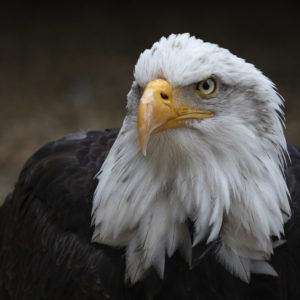
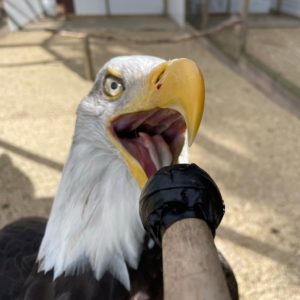
“Cheyenne is one of the oldest residents here at the Hawk Conservancy Trust at just under 30 years old. In her youth, she was one of our most iconic birds, flying in our displays as an ambassador of her incredible species. As she is now an older bird, she is enjoying a very well-earned retirement. Her younger brother, Orion, has taken on the mantle of flying in demonstrations and is excelling in them!
While Cheyenne is taking a much more laid-back approach to flying these days, she’s living in an off-show aviary behind the scenes of the Trust, in a section I often look after. We’ve been getting to know each other, and I’m working hard to keep her in tip top condition. During the last couple of months of working together, we’ve been working for Cheyenne to take part in her own health checks. This is a really fantastic way of not only keeping a wonderful working relationship with one another and making sure Cheyenne still has time to interact and socialise, it also allows us to monitor if she has a clean bill of health and undertake any necessary health care she may need!
Fortunately, Cheyenne is fit and healthy. But as she gets older we want to make sure we can look after her as best as we can. So a few of the things we’ve been looking at together is giving Cheyenne the opportunity to present her feet for health checks. This involves Cheyenne holding her talons up to a specific part of her aviary netting, and allowing us to inspect the undersides of her feet and make sure her talons are clean and in good order. She’s a clever girl, and has really been getting on with this new routine. It only took a few sessions of us working on this together for her to figure it all out.
Now that she is happy presenting her feet, the next health check we’re working on is beak presentations. We are working on ‘target training’ – a common technique used when working with animals that teaches them to touch a part of their body to a target so it can be looked at. With Cheyenne, we have been giving her the opportunity to ‘touch’ a clear target with the end of her beak. Again, she mastered this after only a few tries, and now she will even hold her beak on a ledge and allow me to have a really good look at her beak. To check it’s in good shape, I make sure there are no cracks or weak areas that can start to develop in birds of prey as they get older. We have worked closely to build such a strong bond, so much so she is even comfortable for me to check her nares (a name used for bird’s nostrils) and eyes too. We are going to continue to build on her fantastic work – next steps for Cheyenne will be full body presentations so we can give her health checks on her wings and legs.
She is such a brilliant bird to work with – so intelligent and fun. I am looking forward to seeing her develop more and more, and hopefully if things continue to well we can start looking at working with some of the other birds at the Trust in a similar way!”

